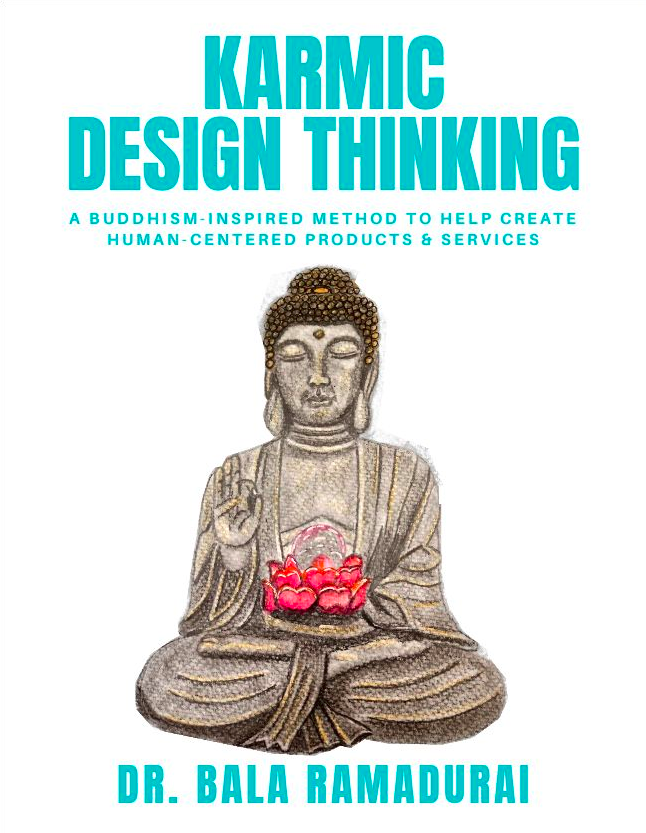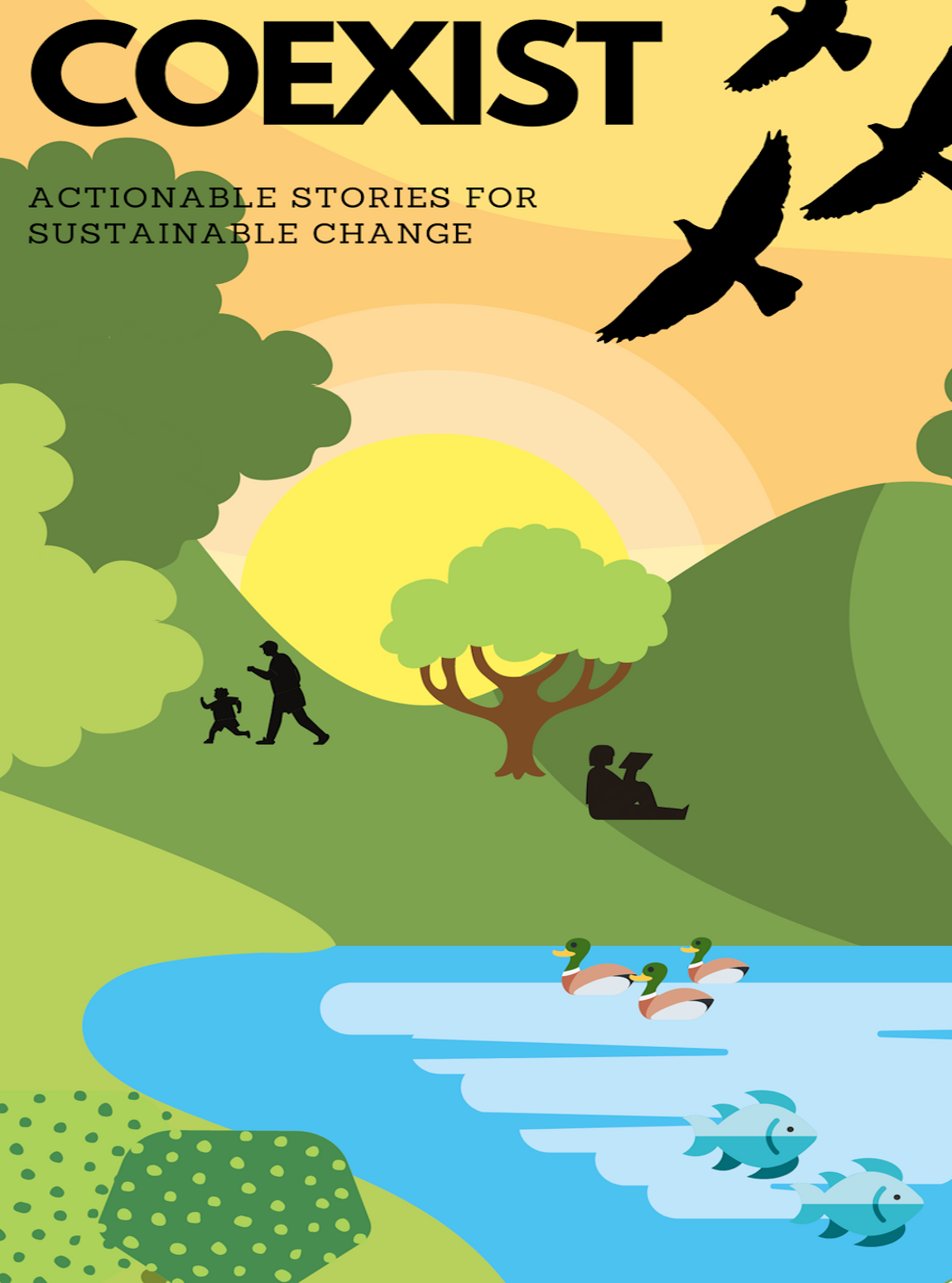2017-04-27
“What is it that you do?” a dreaded question for people who are on their own and are pursuing multiple passion, dimensions, projects and goals. Check out these videos on why this is such a dreaded question for people like me. If you are one of those people who dread this question, may be you’ll like these videos that I have to share as part of this post.
Another one who clarifies this subject is this man - Adam Leipzig in a jovial TED talk.
Oh well, I’ll answer one of the questions that I get often at least. What is it that you teach students?
Before that my vision for my graduate students is that they get their resume all polished and valuable through some pratical, hands-on, applied learning through my lecture-demonstration-workshop. I “preach what I practise”. The case studies that are used for illustration are from my own hands-on application.
1. Design Thinking
I have written many articles on the subject - http://balaramadurai.net/tags/karmic
Design thinking is where the student gets under the skin of the user/customer and solves problems for them. The approach is based on an age old theory (more than 2000 years old) postulated by Lord Buddha. This flavor of design thinking, I call Karmic Design Thinking, consists of 4 stages:
- People Orientation
- Problem Definition
- Solution Generation
- Concept Consolidation
The students learn thinking tools from the design world for stage 1. For stage 2 and some part of stage 3, they use thinking tools from the TRIZ/ARIZ world. They have fun at Stage 3 with tools from Indian arts, metaphors and the patent database. Finally, they utilize some tools from six thinking hats and Mr. David Snowden in stage 4. They learn the course interactively through silence, videos, stories, inane jokes and interesting assignments.
Estimated Credits: 2-4 (30-60 hours)
2. Creative Problem Solving/Creativity and Innovation
This course mainly uses the ARIZ/TRIZ thinking methodology (You could say that this course is an offspring of the design thinking course). The students bring in problems that they have been working on and I guide them to use ARIZ/TRIZ in detail. The student brings in problems that they have already understood and are fairly certain about the problem to solve using the concepts in the course.
Estimated Credits: 2 (30 hours)
3. Technology Forecasting
If design thinking is for the NOW, technology forecasting is design thinking for the future. The student uses a methodology called FORMAT - http://handbook.format-project.eu, a result of a European Union funded (~$3 million) project. The student hones their skill to think of a future timeframe of more than 10 years. They wil consider the potential of the current technology, but also the alternatives and how strong or weak is their technology of interest in comparison to the alternatives. Imagination, intuition, analytics and data crunching go hand in hand in this course. While the predictions from the exercise is not as important as the questions of forecast taken up at the first stage of the FORMAT methodology. This methodology has 4 stages - FOR(mulate) a project, M(odel) the system, A(ct) to churn out the predictions, T(ransfer) what you learnt in the process.
Estimated Credits: 3 (45 hours)
4. Intrapreneurship - A workout
Intrapreneurship is a conundrum of sorts, since it is making an entrepreneur out of an employee taking the risks of an entrepreneur with the friendly resources of a company. How did Mindtree achieve this in 2008-9? I introduce the participants to the company profile. I excite them with the remarkable history of a very different kind of company. How and why did they launch 5*50? Why is 5*50 a very different sort of program? How did the program bring out innovation and the creative entrepreneurial spirit of the company? The students assume the role of innovation managers of companies of their choice to design and present an intrapreneurship program.
Estimated Credits: 1 (7.5-15 hours)
So, what is my vision statement from Adam Leipzig’s video?
My vision
I teach the art of focused creativity, astute decision-making on technology and effective idea management to students who want to be innovation managers and entrepreneurs. My courses will give participants the necessary skillset to spearhead and foster innovation in their enterprises.






